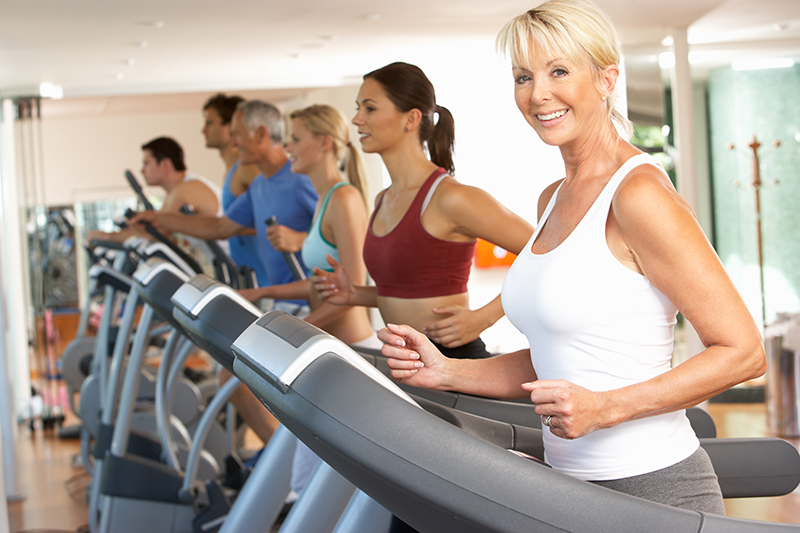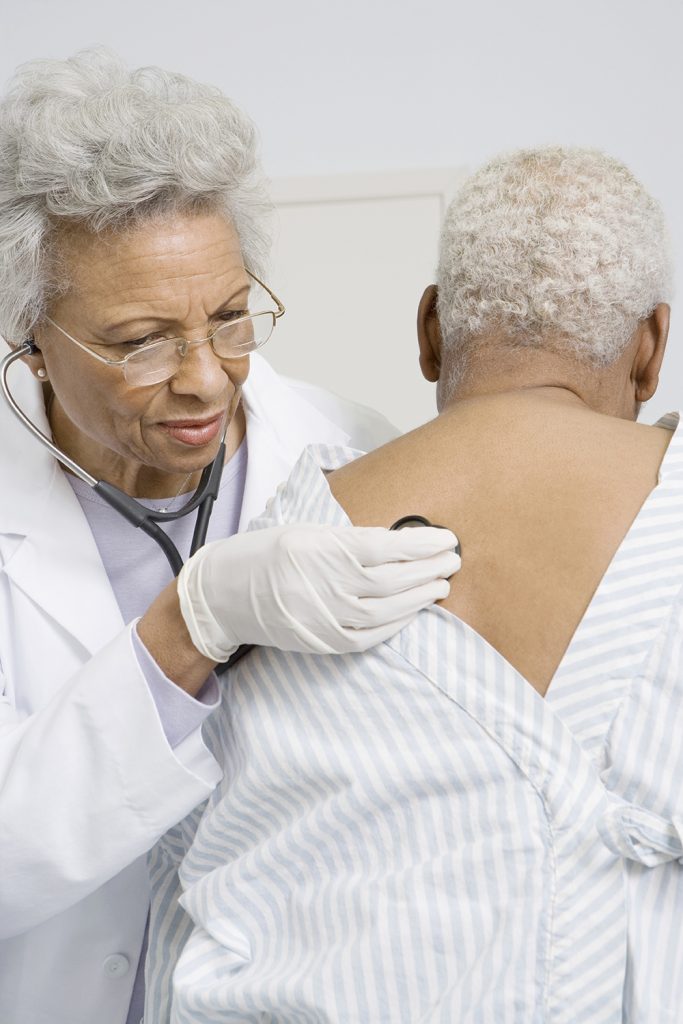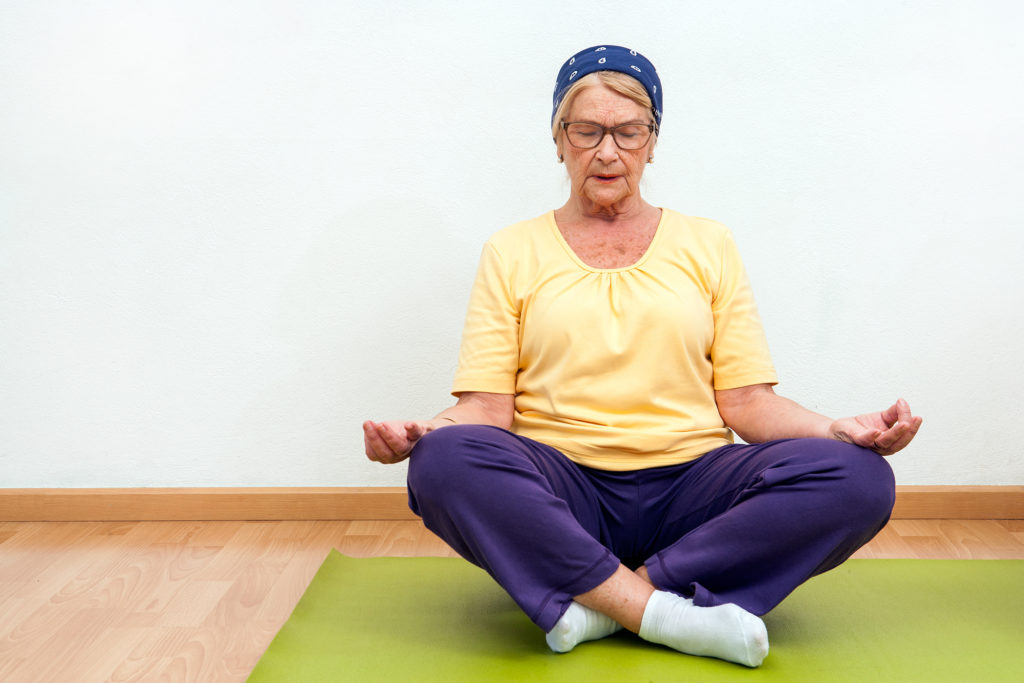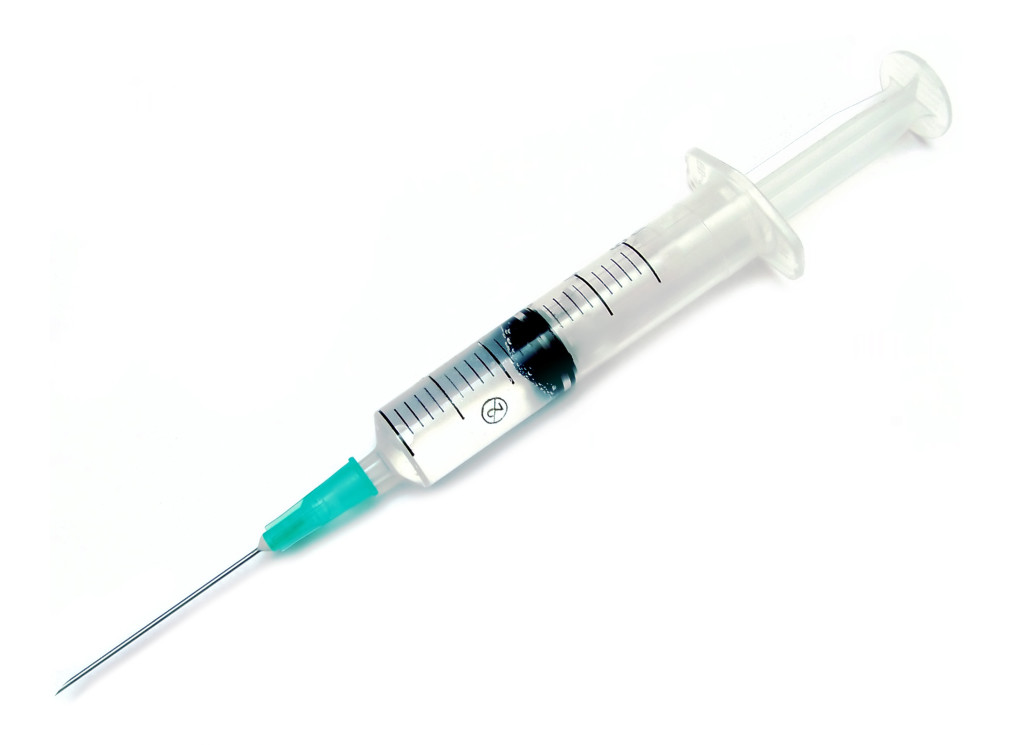Your Lungs Change with Age
The lungs have two main functions. One is to get oxygen from the air into the body. The other is to remove carbon dioxide from the body. Oxygen is needed by the body to work properly. Carbon dioxide is a waste gas the body produces when it uses oxygen.
Changes in the Immune System
As you age, your immune system weakens. Your body is less able to fight lung infections and other diseases and is less able to recover after exposure to smoke or other harmful particles.
Risks of Aging Lungs
- Lung infections, such as pneumonia and bronchitis
- Shortness of breath
- Low oxygen level, which reduces the body’s ability to fight diseases
- Abnormal breathing patterns, resulting in problems such as sleep apnea (episodes of stopped breathing during sleep)
Congestive Heart Failure (CHF)
Is your body getting the oxygen it needs to function properly? If you have CHF the heart doesn’t pump blood as well as it should and oxygen is not getting through the body. Symptoms include shortness of breath, fatigue, swollen legs and rapid heartbeat.
How Can I Live Better With CHF?
Treatments can include eating less salt, limiting fluid intake, and taking prescription medications. In some cases a defibrillator or pacemaker may be implanted.

Walking regularly will improve your cardiovascular system. Try increasing your walking speed for greater benefit.
- Physical exercise: Aerobic activity for 20-30 minutes 5 days a week improves cardiovascular health.
- Tobacco: Don’t smoke and if you do, quit!
- Weight Loss: Losing weight can improve cardiovascular health and reduce the risk of complications related to obesity.
- Low sodium diet: Cut back on salt (sodium chloride) and other forms of sodium to no more than 1,500 to 2,400 mg per day.
Chronic Obstructive Pulmonary Disease (COPD)
Emphysema and chronic bronchitis are the most common examples of COPD. Damage to the lungs from COPD can’t be reversed and is the result of smoking and/or prolonged exposure to certain environmental factors like dusts at work, chemicals and indoor/outdoor air pollution. Symptoms include shortness of breath, wheezing, or a chronic cough.
Treatments
- First of all, don’t smoke!
- Medications like bronchodilators and steroids should be taken as directed and may be needed lifelong!
- Antibiotics are needed to treat infection.
- Supplemental oxygen may be needed if the oxygen level in the blood falls to a low level.
- Sometimes surgical procedure like lung volume reduction or lung transplant may be helpful.
- Pulmonary rehab programs offer supervised exercise and education for COPD sufferers.
Tips for Lung Health
- Increase walking speed
- Keep a healthy weight
- Stay hydrated
- Learn yoga breathing techniques
- Don’t smoke
Prevent unnecessary lung damage.
Get your flu vaccine and pneumonia vaccines.








Comments are closed.